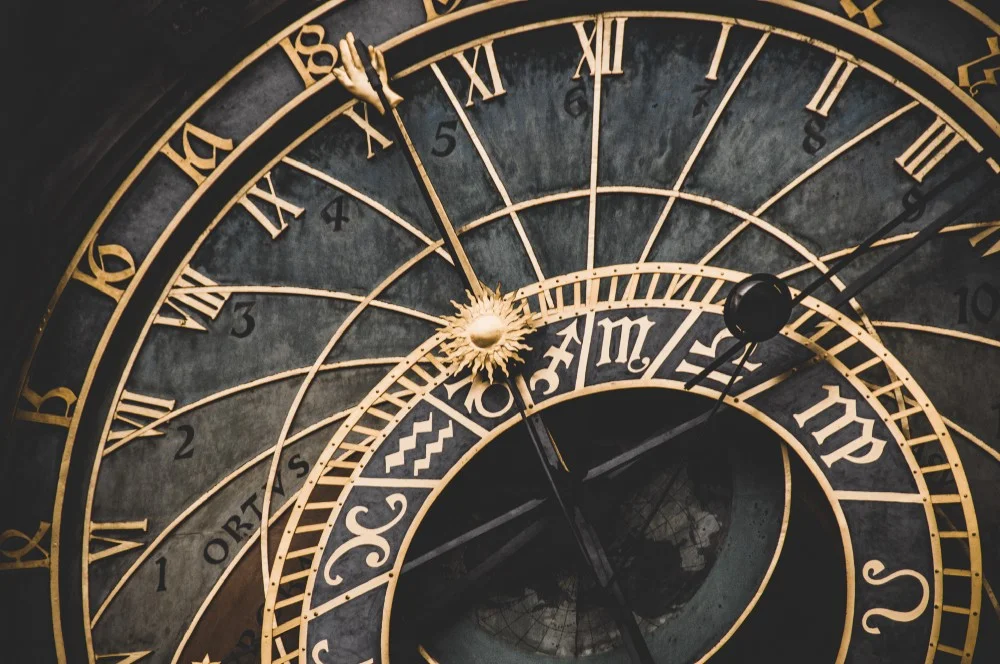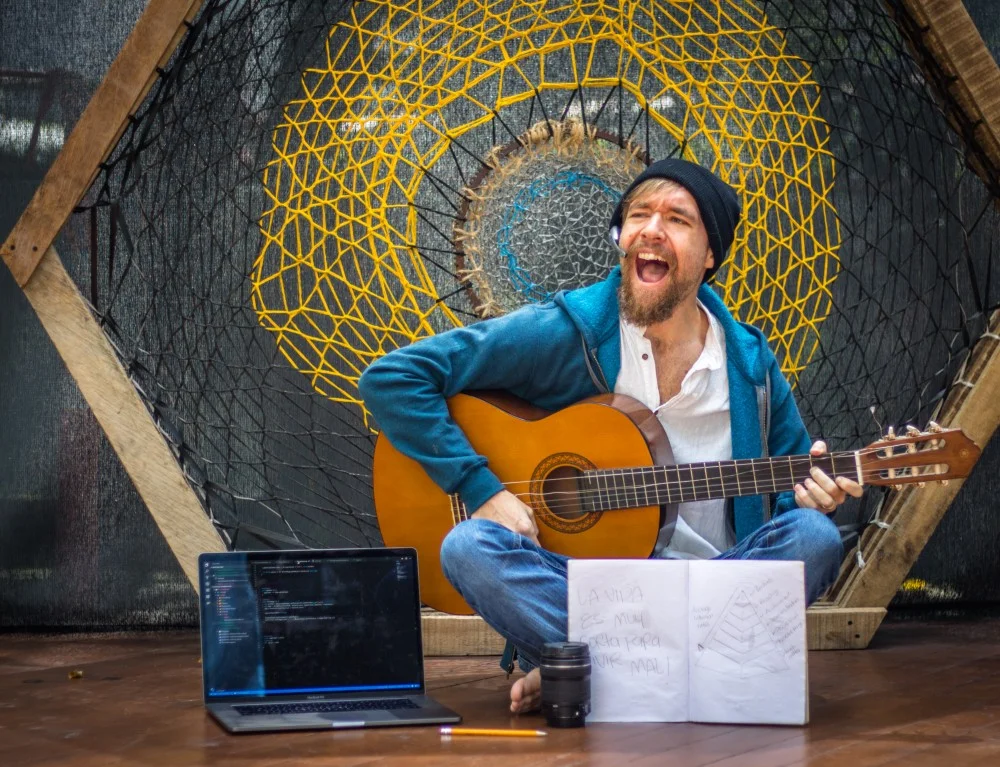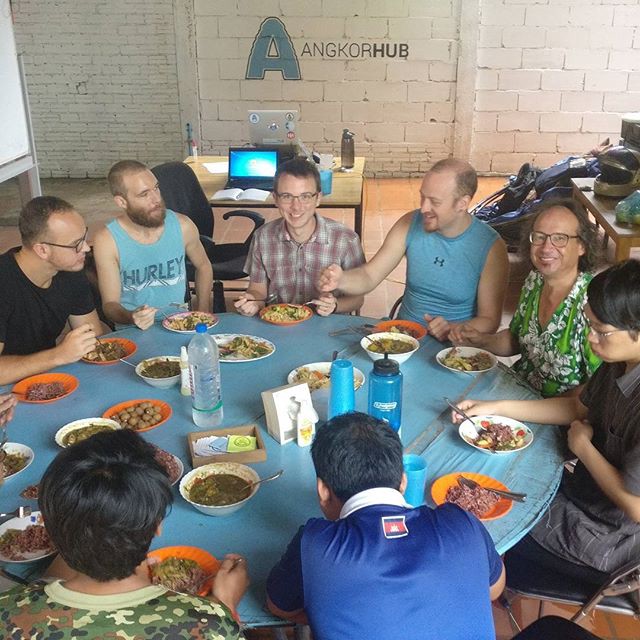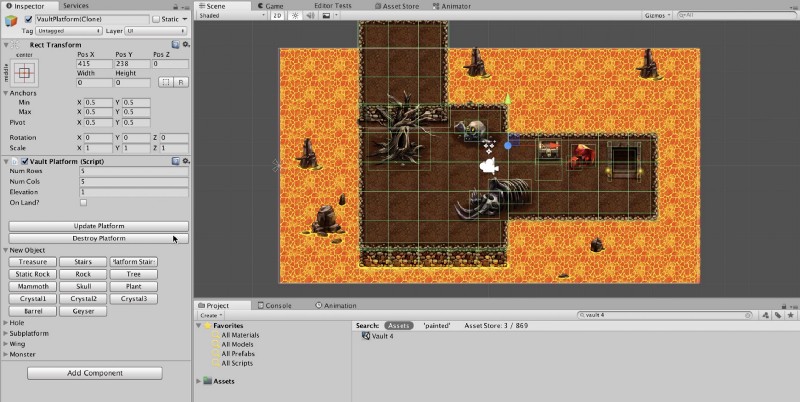Hey all!
In my first post for Power Level Studios, The life of a nomadic game developer, I talked about some tips I had for saving money, making the lifestyle work in general and what to bring/leave.
It’s been 4 months since that story and I’ve got more to share!
The Gear
In the first post, I showed what my camera bag looked like: full of gadgets! Here’s the photo again:
Well, I changed my mind on the important stuff to bring.
I left my camera, Nintendo Switch dock and controller home. While it’s important to have hobbies, like photography, I couldn’t find the time to actually do it. I ended up not using it; it was taking considerable space and adding weight. For the Nintendo Switch dock, I do miss it sometimes, but most of the time I don’t have access to a TV anyway. And again, it takes a lot of space.
So with all that gone, I switched to using a single carry-on bag to travel. It’s so much more convenient. Gadgets are in the bottom section, clothes in the middle section and the other lighter stuff are in the upper section.
Oh, and I now carry a 1080p Asus USB-C powered monitor (on the right)! It’s only 800 grams (not counting the case, which is actually heavier…)!
On work/life balance
So how as it been so far? Have I been productive or have I spent most of my time travelling and enjoying myself?
Well, a bit of both, to extremes.
Starting in August I stayed in Siem Reap, Cambodia, for 2 months. I was staying a AngkorHUB, an awesome co-working/co-living space. There, I was incredibly productive, working from 6am to 8pm most days, including weekends. A lot of stuff got done during that time.
Now, was that sane? Not quite, but the cool thing is that the others there were just like me. And then in the evening we would always go out to eat and have a bit of social life. Obviously that’s not sustainable in the long run, but it was one great marathon!
For those who don’t know me personally, I’m the bearded dude with the Hurley shirt on the left. Photo credit: https://www.instagram.com/p/BZ3y6XFBHHH/?taken-by=angkorhub
And then after the two months, a friend of mine joined me to travel for a 2-week vacation. We went to multiple places Thailand and I used my computer like 0 times, except for some trip planning. It was refreshing and a good way to disconnect. I ended up taking an extra week off because I caught a cold near the end of vacation. Oh well!
Most incredible sunset I had ever seen. — Ao Nang, Thailand
James Bond Island
Some insane rock climbing by Railay beach.
Classic Danny sleeping in transportation (left) and Nick taking selfies (right)
So was that a good way to balance work/life?
I think it really depends on personality. For me, yes, it was perfect. I could never have done as much in 3 months if I didn’t have complete focus for two of these months. And when you enjoy what you’re doing, working 14 hours per day is not even that hard.
But then after the two months, I was really exhausted. So going to Thailand and focusing on enjoying life helped me resource my energy for the coming months. Not being restricted to certain dates and hours to do/visit things is great. Doing/visiting things while working is distracting I find personally.
Is that what you’ll be doing next?
Yeah, more or less. I’ll try this pattern for the next little while and see if it’s a good solution for myself. Feel free to try it yourself and give me a shout if you need some advice!
















